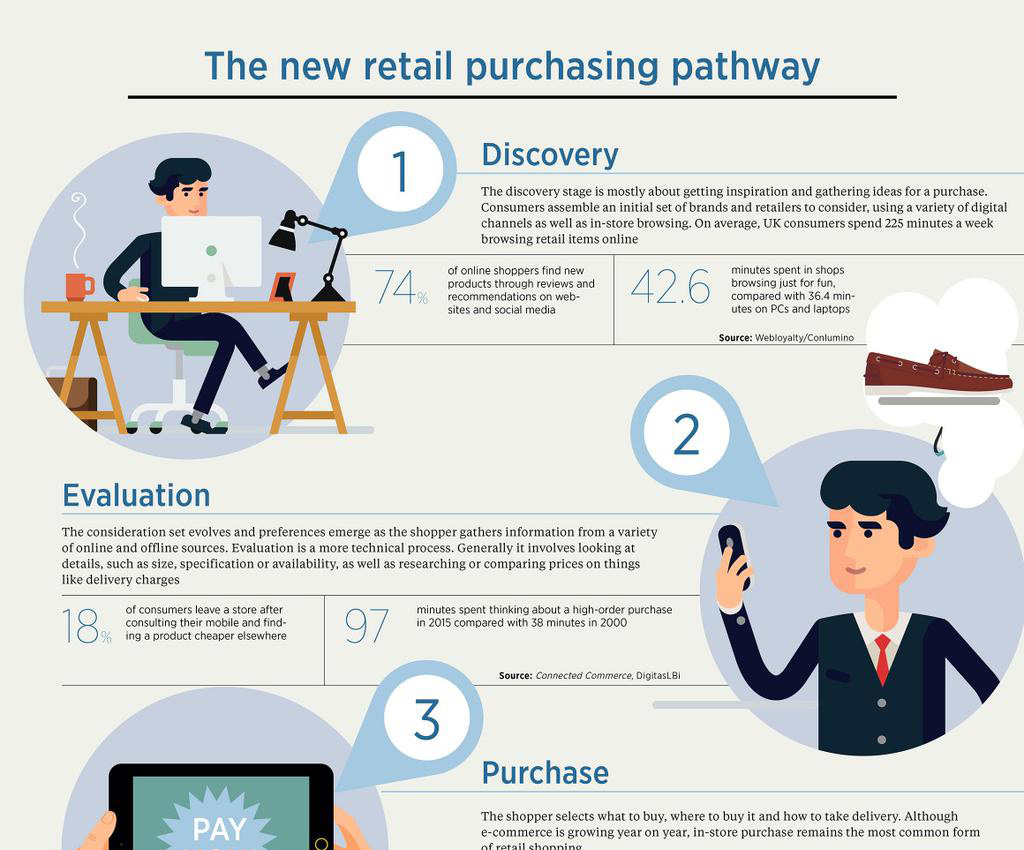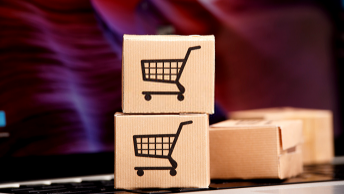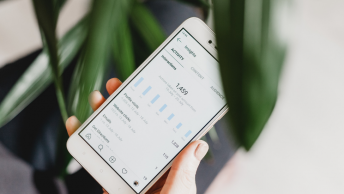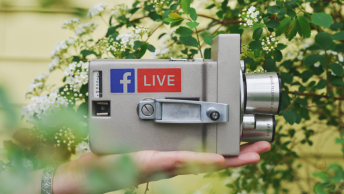If you sell products via retail or e-commerce, you must understand the new retail purchase pathway for your consumers.
The folks at Raconteur developed an infographic that outlines this new process.
Here are the insights…
The New Retail Purchasing Pathway
Key Insights
Discovery
The discovery stage is mostly about getting inspiration and gathering ideas for a purchase. Consumers assemble an initial set of brands and retailers to consider, using a variety of digital channels as well as in-store browsing. On average, UK consumers spend 225 minutes a week browsing retail items online.
- 74% of online shoppers find new products through review and recommendations on websites and social media.
- 42.6 minutes are spent in shops browsing just for fun, compared with 36.4 minutes spent on PCs and laptops.
Evaluation
The consideration set evolves and preferences emerge as the shopper gathers information from a variety of online and offline sources. Evaluation is a more technical process. Generally it involves looking at details, such as size, specification or availability, as well as researching or comparing prices on things like delivery charges.
* 18% of consumers leave a store after consulting their mobile and finding a product cheaper elsewhere.
* 97 minutes spent thinking about a high-order purchase in 2015 compared with 38 minutes in 2000.
Purchase
The shopper selects what to buy, where to buy it and how to take delivery. Although e-commerce is growing year on year, in-store purchases remains the most common form of retail shopping.
- 28% of all e-commerce orders were by mobile phone or tablet in May 2015 compared with 20% in 2014.
- 1.6x times more likely that customers will make a purchase after watching a retail video.
Loyalty
After owning the product, consumers decide whether or not to select the same product or brand again. Research shows that customer service and experience is the next brand differential, and by 2020 will overtake price and product.
- 56% of consumers say if a retailer gave a good personalized experience they would make an effort to use the site more often.
- 75% of consumers are more likely to recommend a brand because it provides simpler experiences and communications.
Infographic












